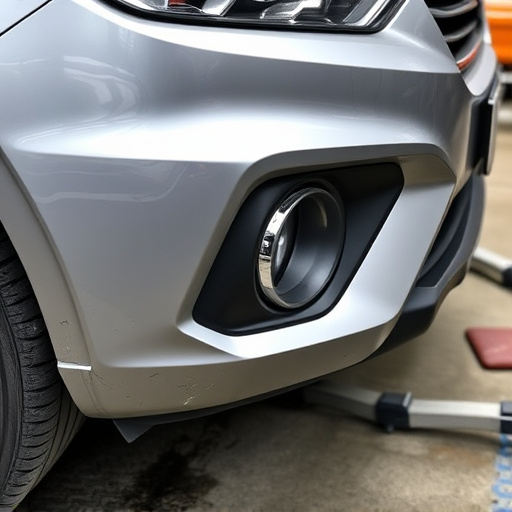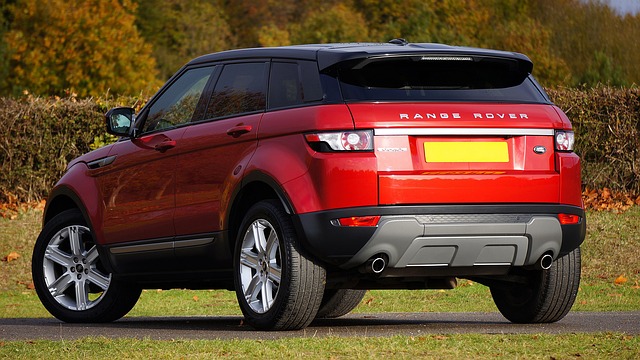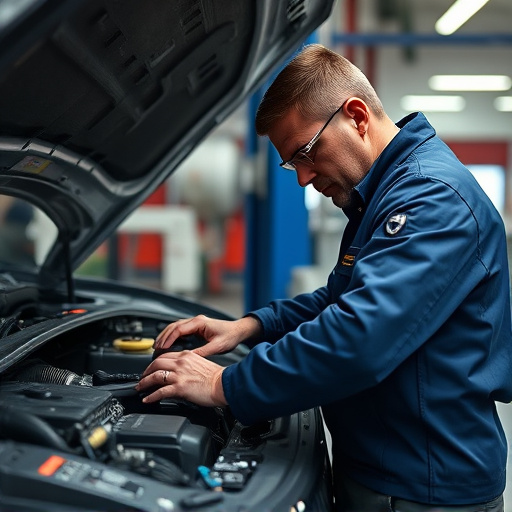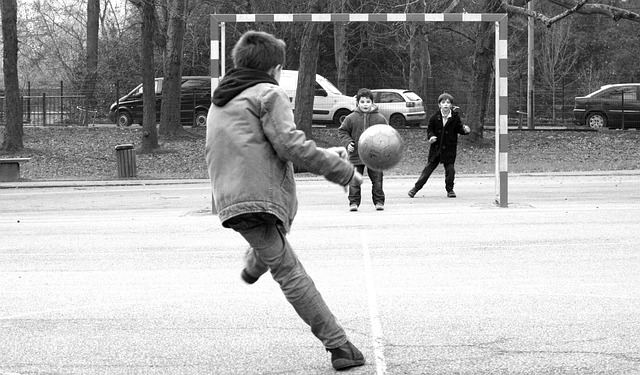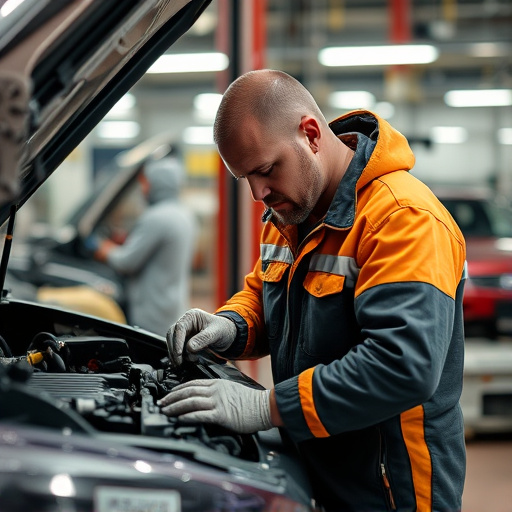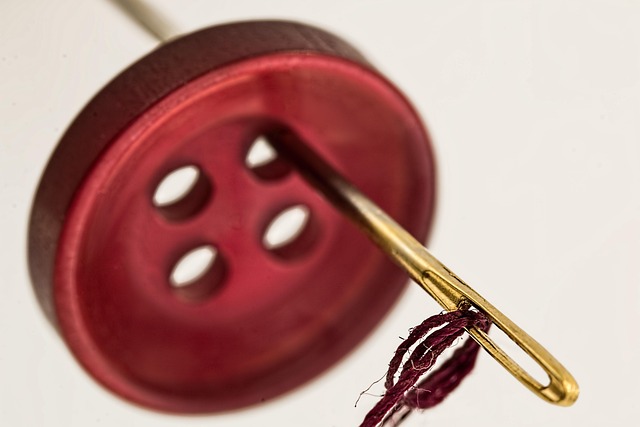Climate variability significantly impacts seasonal collision repair, dictating peak periods and resource allocation for auto body services. Technological advancements, such as 3D scanning and CAD, streamline processes and improve efficiency. Auto body shops adapt to extreme weather events and shifting environmental conditions by embracing eco-friendly technologies like renewable energy and biodegradable materials, contributing to sustainability while enhancing repair durability and addressing the growing demand for climate-resilient seasonal collision repair solutions.
As climate patterns shift, understanding and preparing for seasonal collision repair becomes increasingly vital. This article explores the evolving landscape of automotive damage with changing weather extremes. We delve into the impact of seasons on collision frequency, understanding peak times and regions at risk. Embracing technology is key; digital tools streamline repairs, enhancing efficiency. Moreover, sustainability plays a growing role in climate-resilient collision repair solutions, ensuring a greener future for an indispensable industry.
- Understanding Seasonal Collision Patterns and Their Impact
- Embracing Technology: Digital Tools for Efficient Repair
- Sustainability and the Future of Climate-Resilient Collision Repair
Understanding Seasonal Collision Patterns and Their Impact
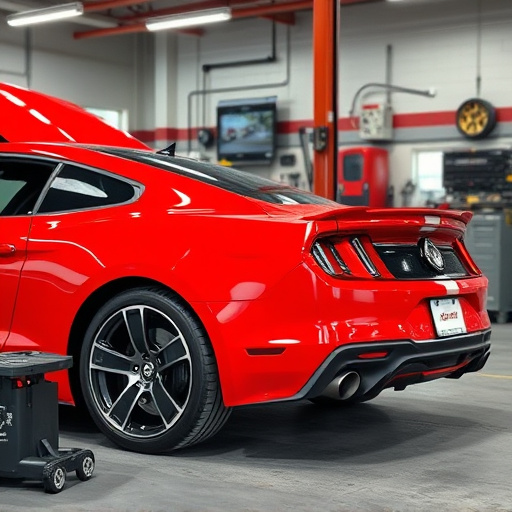
The variability of climate patterns is reshaping the landscape of seasonal collision repair, with distinct seasonal trends impacting road conditions and, consequently, the frequency and severity of vehicular collisions. Understanding these seasonal patterns is crucial for auto body services to anticipate and prepare for peak periods. For instance, regions experiencing more frequent extreme weather events may witness a surge in accidents during specific seasons, straining resources and delaying repairs.
By deciphering these trends, auto maintenance professionals can optimize their operations and workforce scheduling. This strategic approach enables them to offer timely and efficient car body restoration services, ensuring vehicles are returned to the road safely and quickly. Moreover, staying attuned to seasonal changes fosters proactive measures in auto body repair, enhancing overall customer satisfaction and safety on the roads.
Embracing Technology: Digital Tools for Efficient Repair
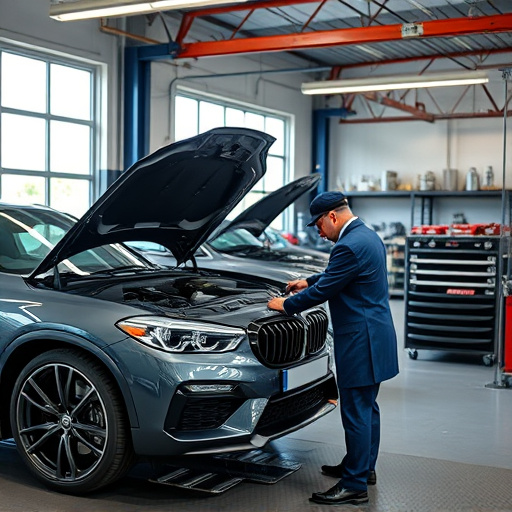
The future of seasonal collision repair is deeply intertwined with technological advancements. As climate patterns change and extreme weather events become more frequent, auto body shops must adapt to accommodate the increase in seasonal collisions. Embracing digital tools can significantly enhance efficiency in these challenging times.
Advanced software platforms enable auto collision repair professionals to streamline processes, from initial damage assessments using 3D scanning technology to precise panel replacement guided by computer-aided design (CAD). Additionally, digital communication platforms facilitate seamless coordination with customers, insurance providers, and parts suppliers, ensuring timely repairs without the usual delays. These technological innovations not only improve productivity but also contribute to a more sustainable approach for auto body shops, allowing them to better serve their communities amidst shifting environmental conditions.
Sustainability and the Future of Climate-Resilient Collision Repair
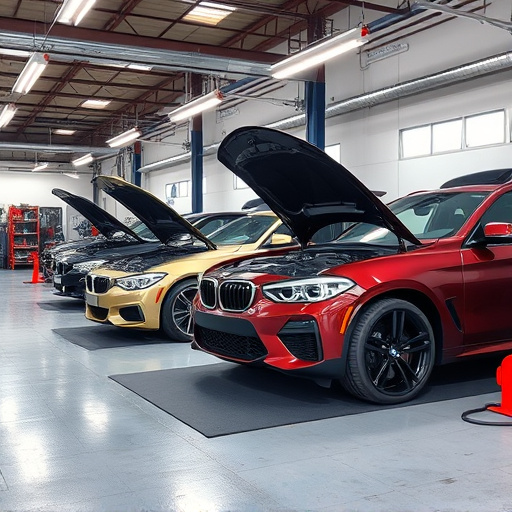
As climate patterns continue to evolve, the need for sustainable and resilient solutions in collision repair becomes increasingly vital. The traditional approach to seasonal collision repair may no longer be adequate, as extreme weather events and changing seasons lead to more frequent and severe accidents. To address this challenge, the industry is shifting towards eco-friendly practices that minimize environmental impact while ensuring robust and long-lasting repairs.
Sustainability plays a key role in shaping the future of seasonal collision repair. Auto dent repair and auto frame repair services are evolving to incorporate green technologies, such as renewable energy sources, biodegradable materials, and closed-loop recycling systems. These innovations not only reduce waste but also cut down on carbon emissions, making car repair services more environmentally friendly. By adopting these practices, collision centers can contribute to a more sustainable future while meeting the growing demand for climate-resilient solutions in seasonal repair.
As we navigate the evolving landscape of climate patterns, adopting a proactive approach to seasonal collision repair is essential. By understanding and adapting to changing trends, the industry can embrace technology and sustainable practices for a more resilient future. Digital tools streamline processes, ensuring efficient repairs while minimizing environmental impact. This shift towards climate-resilient collision repair not only benefits businesses but also contributes to a greener, more sustainable world, addressing the growing demand for eco-conscious solutions in the automotive sector.


